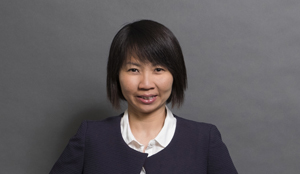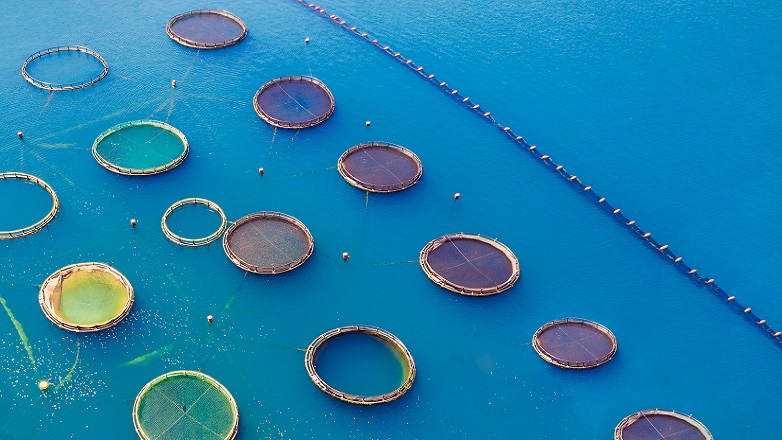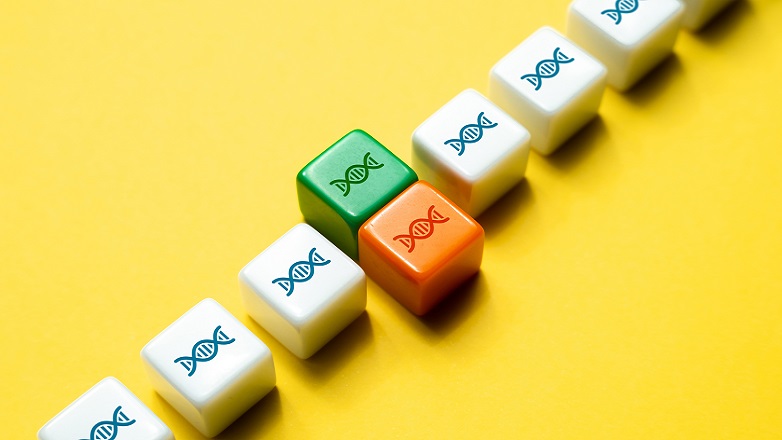Copyright protection for AI-generated works in Singapore
Change is in the air
Singapore’s National AI Strategy (published in November 2019) includes a plan to review our IP legislation “to ensure that our laws support the development and commercialisation of new AI technologies”.
The process has already started with the raft of changes that were introduced to the Singapore Copyright Act in November 2021. These changes included the introduction of a rather permissive text and data mining exception which, subject to the requirement of lawful access, extends to commercial uses and cannot be contractually excluded or modified (read more here). One of the aims of this move is to increase the availability of AI training data.
More changes to our IP laws are anticipated down the road to bring them more in line with Singapore’s goal to become an AI hub. One key area in which review and possible change are crucial would be whether there should be copyright protection for AI-generated works (with the other being whether there should be patent protection for AI-devised inventions).
In this article, we examine the current law in Singapore on the circumstances in which copyright protection is conferred on literary, artistic, musical and dramatic works - all of which are possible AI outputs, and the implications of these requirements where AI output is concerned. Whilst changes are in store, the current state of play is important as it is what businesses have to grapple with when dealing with the brave new world of AI pending law reform.
Human authorship required for copyright protection
Under the Singapore Copyright Act 2021, literary, artistic, musical and dramatic works are entitled to copyright protection for the life of the author plus 70 years. However, there are certain conditions to be satisfied.
One condition is that the work must be “original” (that is, not copied) and fixed in a tangible form. Additionally, the Singapore Court of Appeal (which is the highest court in the land) has held in the case of Asia Pacific Publishing Pte Ltd v Pioneers & Leaders (Publishers) Pte Ltd [2011] SGCA 37 (“Pioneers & Leaders”) that copyright protected will only arise where the work was created by a human author or human authors. Whilst it is not necessary to name every author to make out a claim for copyright protection, the existence of one or more human authors working alone or collaboratively must be clearly established.
The Singapore position can be contrasted with that in the UK where, pursuant to section 178 of the Copyright, Designs and Patents Act 1988 (“CDPA”), computer-generated works without a human author enjoy protection for a term of 50 years from the date the work is made. Under section 9(3) CDPA, the author of such a work is taken to be the person by whom the arrangements necessary for the creation of the work are undertaken. AI output therefore enjoys copyright protection as computer-generated works even if no human author can be identified. (See the UK Government’s recent response to a public consultation on how the patent and copyright systems in the UK should deal with AI technology, summarised here.)
There is no equivalent of section 178 CDPA in Singapore’s copyright legislation.
Can AI output have human authors?
Does this mean there can be no copyright protection for AI output in Singapore? Not necessarily so, as it is possible to argue, at least in some circumstances, that there is human authorship for AI output.
The English case of Express Newspapers Plc v Liverpool Daily Post & Echo Plc [1985] 1 WLR 1089 provides a possible starting point. In this case, which was decided prior to the enactment of section 178 CDPA, the English High Court found copyright to subsist in a computer-generated work on the basis that the programmer who devised the computer program was the author of the work. In coming to its decision, the High Court likened the computer to a mere tool that was used by the author to generate the work, akin to a pen in the hand of a writer.
If the Singapore courts are willing to take this approach – that is, to regard AI systems as mere tools which are used by humans to create works, then the requirement to identify a human author would not prevent copyright protection from being conferred on AI output.
That being said, the ease with which the analogy between an AI system and a pen can be drawn will likely depend on the degree to which the skill, judgment or effort expended in generating the work originated from a human as opposed to an AI system. Copyright offices and the courts are more likely to accept the argument in the case of AI-assisted works, and the argument may be difficult to make out in the case of true AI-generated works which are created by AI systems without human intervention.
For instance, on 14 February 2022, the U.S. Copyright Review Board affirmed the Copyright Office’s decision refusing to register an original artwork created by an AI system nicknamed DABUS on the basis that the work lacked the required human authorship. However, the applicant had presented the work as having been “autonomously created by a computer algorithm running on a machine” and had made no attempts to demonstrate that there was any creative input or intervention by a human.
Identifying possible human authors of AI output
A related question is who amongst the individuals involved in the process – for instance, the programmer who wrote the algorithm, the one who trained the AI system, and the one who used the AI system to generate the output, should be recognised as the human authors of any AI output. Based on the case authorities, there are two governing principles.
- Only creative effort counts
First, in deciding who the author(s) should be, only effort expended toward authorial creation is counted and not effort that is applied toward other ends. This principle was most recently reinforced by the Singapore Court of Appeal in Global Yellow Pages Ltd v Promedia Directories Pte Ltd [2017] SGCA 28. Therefore, efforts directed toward, for instance, gathering of training data or entering the same into the AI system would not be relevant.
- No joint authorship without collaboration
Secondly, if two or more individuals are to be identified as joint authors, they need to have worked collaboratively. This was emphasised in Pioneers & Leaders.
This requirement can be a pitfall, as illustrated by the case of Acohs Pty Ltd v Ucorp Pty Ltd [2012] FCAFC 16 (“Acohs”). In Acohs, the appellant’s material safety data sheets (“MSDSes”) were found not to be copyright protected. The MSDSes were generated using a computer program into which the appellant’s employees entered specific data. The data was then combined with information from a computer database to generate the MSDSes. The problem was that the computer program was written by a consultant who did not communicate with the employees who used the program. As such, these individuals could not be said to be joint authors. Seeing as no authors or joint authors could be identified, the Full Federal Court of Australia held that the MSDSes were not entitled to any copyright protection.
In a scenario where an AI system was developed by one company, trained by another and then provided for use by a third, it is conceivable that there may be no communication between the employees of these various entities. In such a case, if two or more of the individuals involved at the various stages had contributed creatively to the final output but did so separately, this could mean that the final output would not enjoy any copyright protection.
Take-aways – What is a business to do?
In summary, fortunately, the requirement for human authorship does not necessarily sound the death knell for copyright protection for AI output. For some types of AI output, there is a possible argument that one or more individuals who participated in the process are the author or authors of the resulting work. However, these individuals must have worked collaboratively in order to be recognised as joint authors.
Businesses which are developing or deploying AI solutions will do well to keep records of the employees or other individuals involved to facilitate the identification of possible authors if the need arises. It may also be worthwhile exploring the possible design or redesign of work processes and workflows to provide an opportunity for communication and collaboration between these individuals.
For true AI-generated works which are wholly created by AI systems without the intervention of any human author, it will likely be difficult to argue for protection under the existing laws. For these types of works, the possibility of law reform would seem to be the only light at the end of the tunnel.
This article is produced by our Singapore office, Bird & Bird ATMD LLP. It does not constitute as legal advice and is intended to provide general information only. Information in this article is accurate as of1 August 2022.



